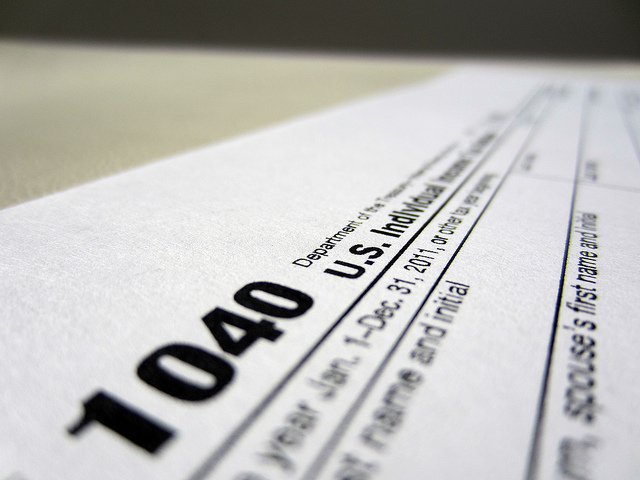Income Tax
The Kiddie Tax: Is It Worth It To File A Separate Return?
Under the “kiddie tax,” if unearned income of a dependent child who is under age 19 or a full-time student under age 24 exceeds an annual threshold, the excess is taxed at the top rate of the child’s parents. The threshold on 2014 returns is $2,000.
Mar. 04, 2015

To many of your clients, filing a federal income tax return is viewed as a hassle, even if you’re the one doing all the grunt work. So they might opt for a special election when it comes to the kids. Instead of filing a separate return for a youngster, a taxpayer can elect to report the child’s investment income on his or her own return. It cuts down on the paperwork and saves on tax preparation fees.
But this election isn’t always the best choice. Notably, it might cost a client’s family some extra tax dollars or have other unexpected consequences.
Here’s a refresher on the key rules: Under the “kiddie tax,” if unearned income of a dependent child who is under age 19 or a full-time student under age 24 exceeds an annual threshold, the excess is taxed at the top rate of the child’s parents. The threshold on 2014 returns is $2,000. (It is increasing to $2,100 for 2015.)
Assuming the kiddie tax applies for 2014, the first $1,000 is taxed at a 0% rate and the next $1,000 at a 10% rate before the parent’s rate kicks in. The tax is computed on Form 8615 and attached to the child’s return.
However, if certain requirements are met, you might forego a separate tax return for a child and elect to include the child’s income on the parent’s tax return. This election is made on Form 8814 and attached to the parent’s 1040. To qualify:
- At the end of the tax year the child must be under age 19 or under age 24 if a full-time student;
- The child’s interest and dividend income was less than $10,000 for the tax year;
- The child had income only from interest and dividends (including Alaska Permanent Fund dividends and capital gain distributions);
- No estimated tax payments were made for the tax year, and no prior tax year’s tax overpayment was applied to the current tax year, under the child’s name and Social Security number;
- No federal income tax was withheld from the child’s income under backup withholding;
- The child is required to file a return unless the parent makes this election;
- The child does not file a joint return for the tax year; and
- The parent is the parent qualified to make the election or files a joint return with the child’s other parent.
Why wouldn’t you make the election? One distinct disadvantage is that long-term capital gains and qualified dividends falling in the corridor between $1,000 and $2,000 of unearned income would normally qualify for a 0% tax rate instead of 10%.
So a family’s overall tax liability may increase by as much as $1,000. In addition, the child isn’t eligible for some potential deductions such as a write-off for charitable donations. And, finally, including a child’s investment income as your own may increase your adjusted gross income (AGI) for various other purposes. Due to certain tax law limits, a higher AGI can result in reduced tax savings.
Lesson to be learned: Above all, look out for the best interests of your clients. Educate them about the potential ramifications of this 2014 tax return election to help them make the best choice for their situation.
